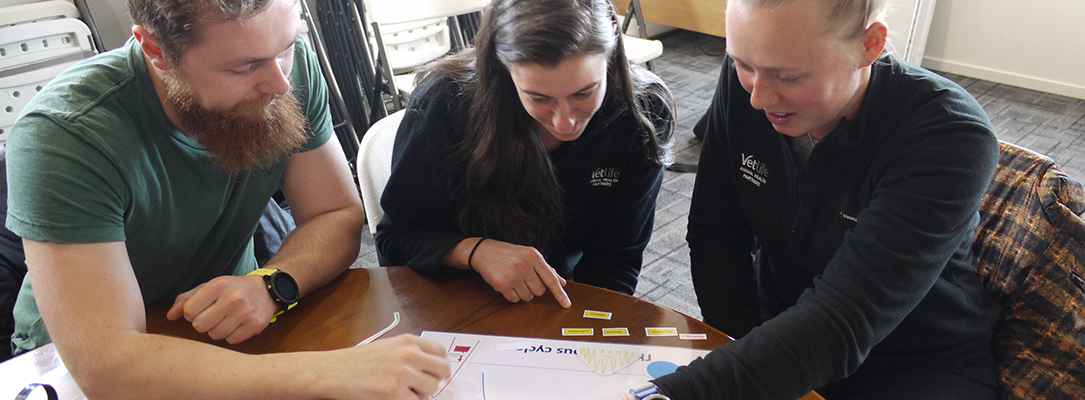
Last season, the reproductive figures for dairy herds were the best we have seen since we began ageing pregnancies. The average 6-week In-Calf Rate (ICR) rose to 69.3% for 2023/24, compared with 65.8% to 67.8% over the previous 10 years. The average Empty Rate (LIC’s Not-in-Calf Rate) decreased to 14.9% for 2023/24, down from an average of 16.2% over the previous 10 years.
These national figures accurately reflect the results we have observed locally with our clients. While these are great results, it does not mean we should relax and expect increased profitability through more milk, more replacement heifers, and better culling options.
Important factors such as weather, pasture performance, staff, and management decisions can change seasonally and significantly impact all aspects of farm performance, including reproduction. Performance on dairy farms is usually cyclical, and without continuous planning and improvement, we risk regressing in the future. To improve reproduction this season, consider the following:
Non-return rates: Ideally, these should be between 64% and 75% once you are over four weeks into mating. If your herd is outside this range, discuss it with your veterinarian as there are actions that can be taken. Learn more about reproductive planning and review.
Return interval analyses: If you are still doing AI, these can indicate heat detection issues if not within normal ranges. Addressing these issues is crucial. Read about pre-mating heats and wearables.
Milk information: Fat, protein, and milk urea levels can provide insights into how your cows are doing in relation to their feed, both currently and historically.
Autumn reproduction reviews: These reviews will not change your herd’s performance in the current season, but can significantly improve the coming season. Conduct these reviews in autumn, soon after pregnancy testing results are available. This ensures MINDA data is still accessible before large-scale culling, and it allows for timely decisions impacting the next season.
Key findings in reproduction reviews: Specific groups, particularly first or second calvers, may be underperforming, and you should consider areas such as:
These are all areas where improvements can be made. Additionally, we assess the performance of interventions such as CIDRs and MetriCleans, as well as past management changes.
Requirements for effective reproductive reviews:
Our dairy veterinarians are committed to helping you improve your reproductive performance. If you want to check your current performance, talk to us immediately. If you aim to improve next season, prepare for a reproduction review in autumn. Contact Vetlife for more information.